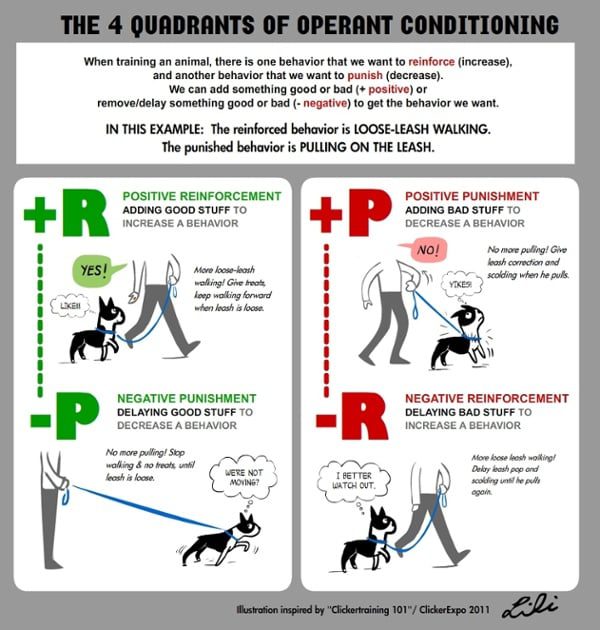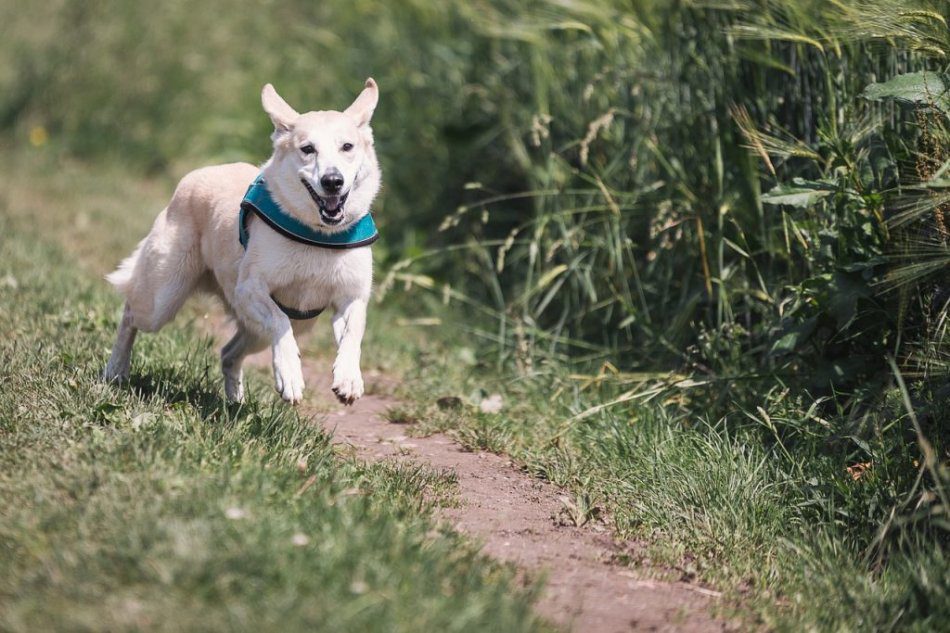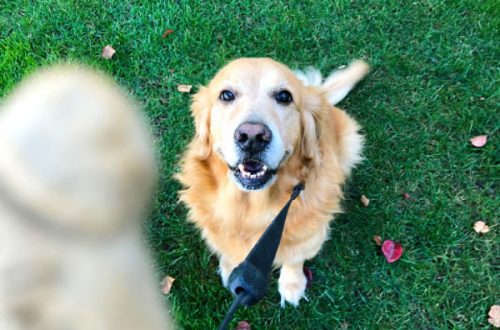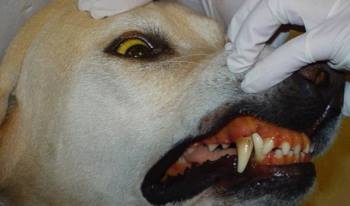
Hoʻomaʻamaʻa ʻīlio: Hoʻoikaika a hoʻopaʻi
When we talk about dog training, we most often think of the “carrot and stick” method, that is, punishment and reinforcement. At the same time, for some reason, many believe that punishment is much more effective than reinforcement. But in reality the opposite is true. And that’s why.
Kiʻi kiʻi: google.by
Contents
Why is reinforcement more effective than punishment in dog training?
The dog learns the world and learns new things by experience, trying and making mistakes, learning from them, learning what kind of behavior will give the desired result – the satisfaction of the need. And he may face two results of his actions: reinforcement or punishment.
Punishment is when a dog gets as a result of his actions what he does NOT want.
Reinforcement is the partial or complete satisfaction of a need, that is, what the dog wants to receive at the moment. This means that the actions that led to such a result are effective, and the likelihood that they will be repeated increases dramatically.
Dogs want to get what they want in the quickest and easiest way. And, gaining experience, they develop and implement the most effective solutions.
For example, a dog needs your attention. And she has already established by trial and error that if she just looks into your eyes, the chance of getting attention is minimal, but if she barks, it greatly increases. And if you start chewing something dear to your heart … Then not only will there be attention right away, but also an exciting game of “catch up and take it away!” Guess from three times what the dog will do the next time she really wants your attention?
Unfortunately, in our society, people are taught from childhood that a mistake is something unworthy. Mistakes are blacked out with a red pen in notebooks, mercilessly criticized and given bad marks. But a mistake is a part of the experience that you cannot do without!
And it is important for owners to remember that error is the key to finding effective solutions in dog training. So if something “doesn’t work” for you or the dog, this is not a reason to give up and punish the dog, but a reason to turn on creative thinking and come up with a way to overcome the difficulty.
Think back to your obligatory schooling. Not only do you have no choice whether to go there, but if, moreover, the teacher walked around the class, looking for mistakes for which he yelled, put deuces, threatened to call his parents or hit his hands with a ruler – did you love such activities? Would you like to think and offer new solutions? Did you love this item? And vice versa – if the lessons were fun and interesting, and the initiative was encouraged – weren’t they more effective, didn’t they encourage you to think and offer something new? Why do you think dogs are different?
The most effective dog training happens in games. So that training should become more of a game by the rules, not a drill with strict prohibitions on any behavior that is outside the scope of your order.




Kiʻi kiʻi: Google.by
Yes, punishment can be effective in weaning a dog from doing something (but it never teaches you anything new!) However, it should be borne in mind that punishment has a lot of side effects.
Side effects of punishment in dog training
- Punishment does not satisfy the need! And even if it stops some actions of the dog, she will simply look for another way (or another time) to satisfy her need. For example, if you punish a dog when he steals food from the table, he will be scared, but the feeling of hunger from this will not go anywhere. And she will just wait for the moment when you are not around.
- That is the punishment scares but does not teach behave appropriately.
- hoopai breaks contact between owner and dog.
- Ke ʻike nei ka ʻīlio pilikia nuiresulting in aggravated behavioral problems and/or health problems.
And if this is the case, should questionable methods be used?
Of course, no one argues with the fact that you need to set reasonable boundaries, and discipline is important. But in most cases much more effective at preventing “bad” behavior – this will help both avoid punishment and prevent the dog from gaining a harmful experience. For example, if we are talking about aggression, it is worth using a muzzle until the problem is solved. If the dog runs away, keep him on a leash until he is secure enough. Yes, it takes time and effort, but as a rule, the result is worth it.
Reinforcement, as opposed to punishment, satisfies a dog’s need, which means that it gives her the necessary and useful experience and leads to the fact that the desired behavior manifests itself more often.
Benefits of Reinforcement in Dog Training
- Reinforcement in dog training is more effective than punishment because allows you to meet the need.
- Reinforcement gives the dog rewarding experience and reinforces the desired behavior.
- The skill is learned ikaika.
- Contact is being strengthened with the owner.
So is it worth neglecting such obvious advantages?
This is not to mention the fact that forceful methods do not work with all dogs: some in response become isolated or show aggression. And the price of a mistake is much higher here! Why take the risk of exposing both the dog and yourself to unnecessary stress?
Punishment “gives” the dog an avoidance motivation that is associated with discomfort and fear, and forms learned helplessness. Reinforcement, on the other hand, motivates the dog to achieve, the result here is comfort and enthusiasm for learning.
The question is what do you personally prefer.







